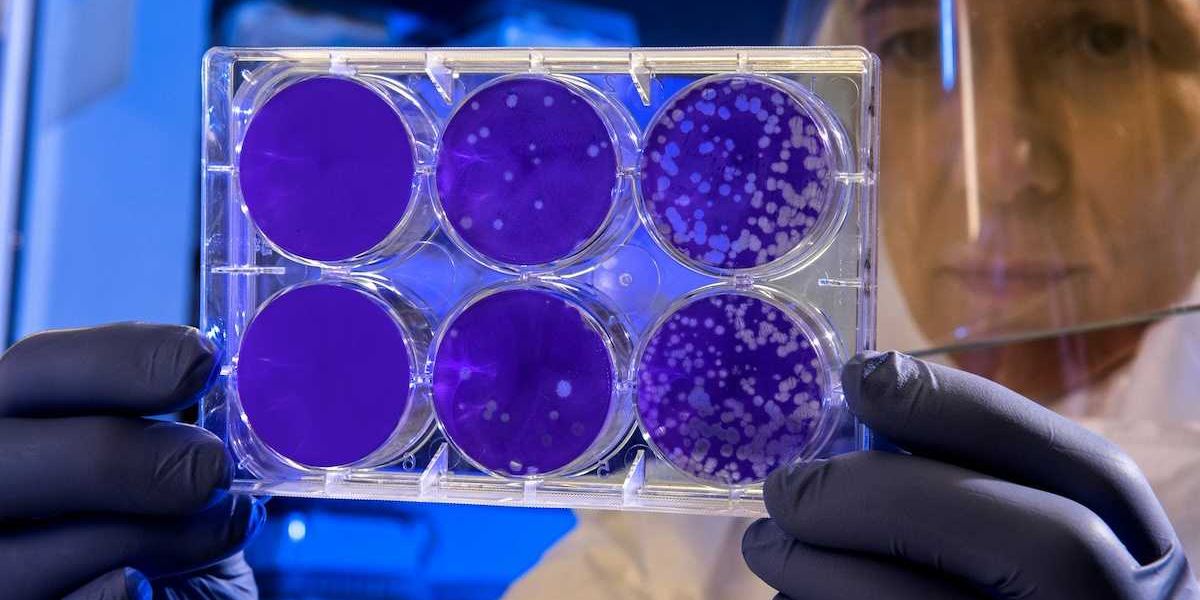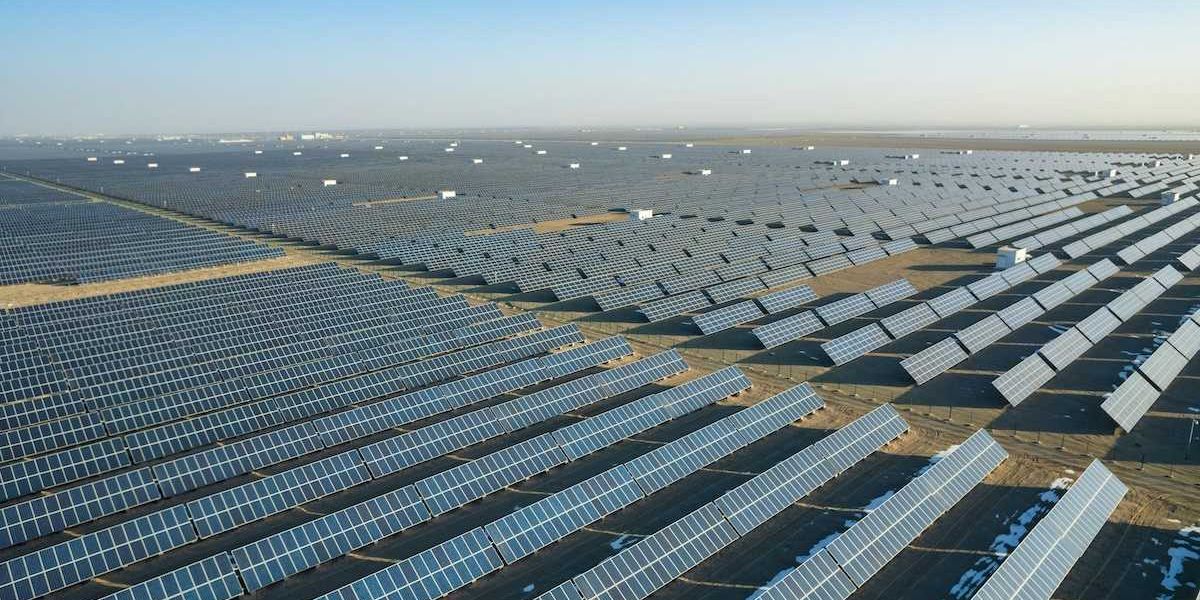Floods in Texas and around the world are getting worse as the planet heats up
Severe deluges like the one that killed dozens in Texas over the holiday weekend are hitting harder and more frequently, fueled by climate change and made deadlier by outdated infrastructure and shrinking climate research budgets.
Raymond Zhong reports for The New York Times.
In short:
- Warming air can hold more moisture, which means storms — especially in flood-prone areas like Central Texas — are dumping far more rain in shorter periods.
- The Guadalupe River recently rose from three to 34 feet in 90 minutes, in a storm so rare it had a 0.1% chance of occurring in any given year.
- While the National Oceanic and Atmospheric Administration plans to update its rainfall predictions to reflect climate change, the Trump administration has cut key climate science positions, proposed gutting the research budget, and dismissed the hundreds of experts working on the 2028 edition of the National Climate Assessment, which helps local communities prepare for weather extremes.
Why this matters:
Warmer air holds more water, which means when it rains, it pours — especially in places like Central Texas, where dramatic terrain funnels water into towns, roads, and homes with terrifying speed. Rainfall prediction models are based on the past, not the present climate, and climate science funding keeps getting slashed. So as storms get stronger, our ability to prepare for them is weakening.
Read more: Severe flooding increasingly cutting people off from health care













